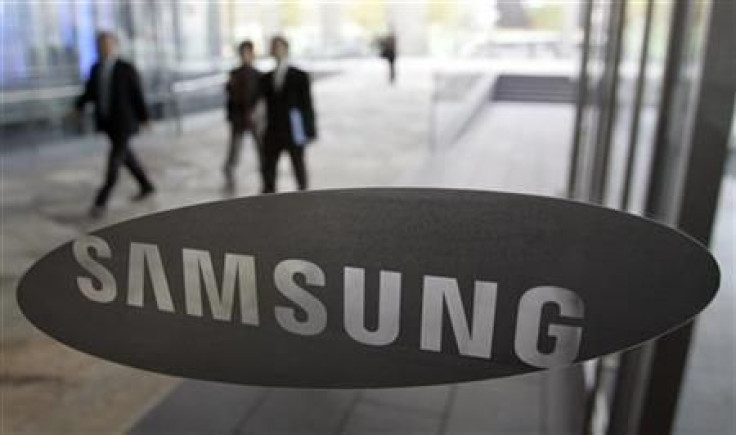Samsung Galaxy S6, Galaxy S6 Edge Variants In Killer ‘Blue Topaz/Emerald Green’ Hues Launched

Samsung has been offering the flagship Galaxy S6 and the curved-display sibling Galaxy S6 Edge in white pearl, black sapphire and gold platinum colors so far. And now, the South Korean tech giant has introduced the S6 handsets in blue topaz/emerald green hues.
The Galaxy S6 is getting the blue topaz shade exclusively, while the Galaxy S6 Edge will be offered in the emerald green. Both devices are available in 32 GB, 64 GB and 128 GB internal storage options. The release dates will vary by region and channel of release, notes Samsung Tomorrow.
Said Younghee Lee, executive vice president at Samsung Electronics, “The Blue Topaz Galaxy S6 represents the perfect fashion accessory for style-conscious consumers looking for a vibrant, expressive and distinctive color, and the Green Emerald Galaxy S6 edge provides a simply stunning color choice that meets the needs of those who want a sophisticated, yet unique looking mobile device.”
Here some other key differences and similarities between the Samsung Galaxy S6 and the Galaxy S6 Edge:
Galaxy S6 vs. Galaxy S6 Edge Differences
As one would expect, the major differences between the S6 handsets are very limited. The Galaxy S6 Edge features a curved-edge-glass display on both sides of the handset, while the flagship variant comes with a regular flat screen. Plus, the Galaxy S6 Edge houses a marginally better battery capacity of 2,600 mAh unit, whereas the Galaxy S6 features a 2,550 mAh unit. The smartphones also differ in dimensions because of the curved display. The Edge variant measures 5.59 x 2.76 x 0.28 inch, while the Galaxy S6 is 5.65 x 2.78 x 0.27 inch.
Galaxy S6 vs. Galaxy S6 Edge Similarities
The Galaxy S6 handsets feature a 5.1-inch Super AMOLED display with a 2K screen resolution of 1,440 x 2,560 pixels. Under the hood, the devices are powered by a 64-bit, octa-core (Samsung’s Exynos 7420) SoC, running at 2.1 GHz and backed by 3 GB of RAM. On the software front, the handsets run on Android 5.0.2 Lollipop.
As for memory configurations, both the phones come equipped with 32 GB, 64 GB and 128 GB of storage options. But then, there is no microSD card slot for further expansion. Moreover, there is a 16 MP main camera unit with OIS support and f/1.9 aperture, reports Phone Arena. To top it off, there is a 5 MP shooter for selfies at the front.
To report problems or to leave feedback about this article, e-mail: p.rathinavel@ibtimes.com.au.
© Copyright IBTimes 2024. All rights reserved.











